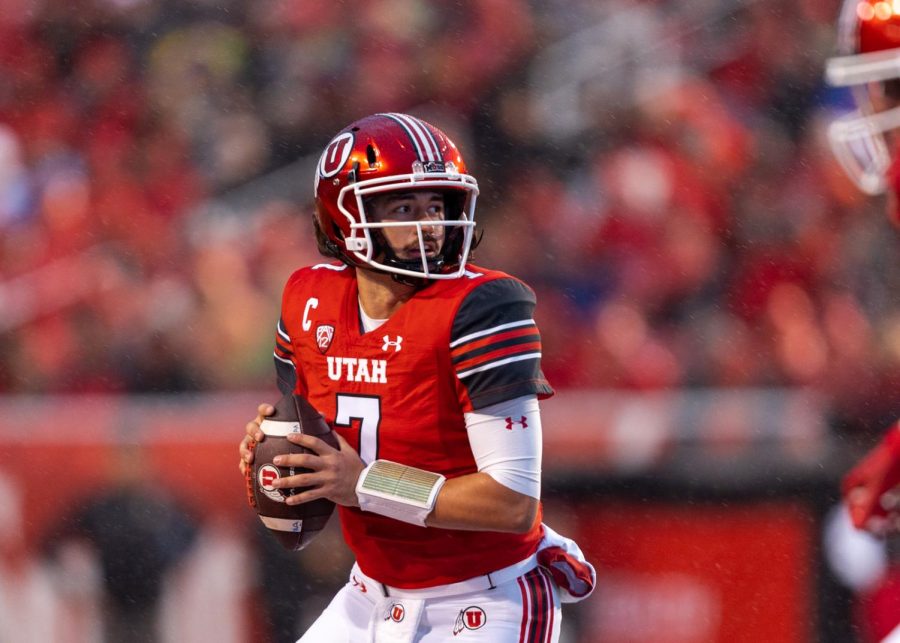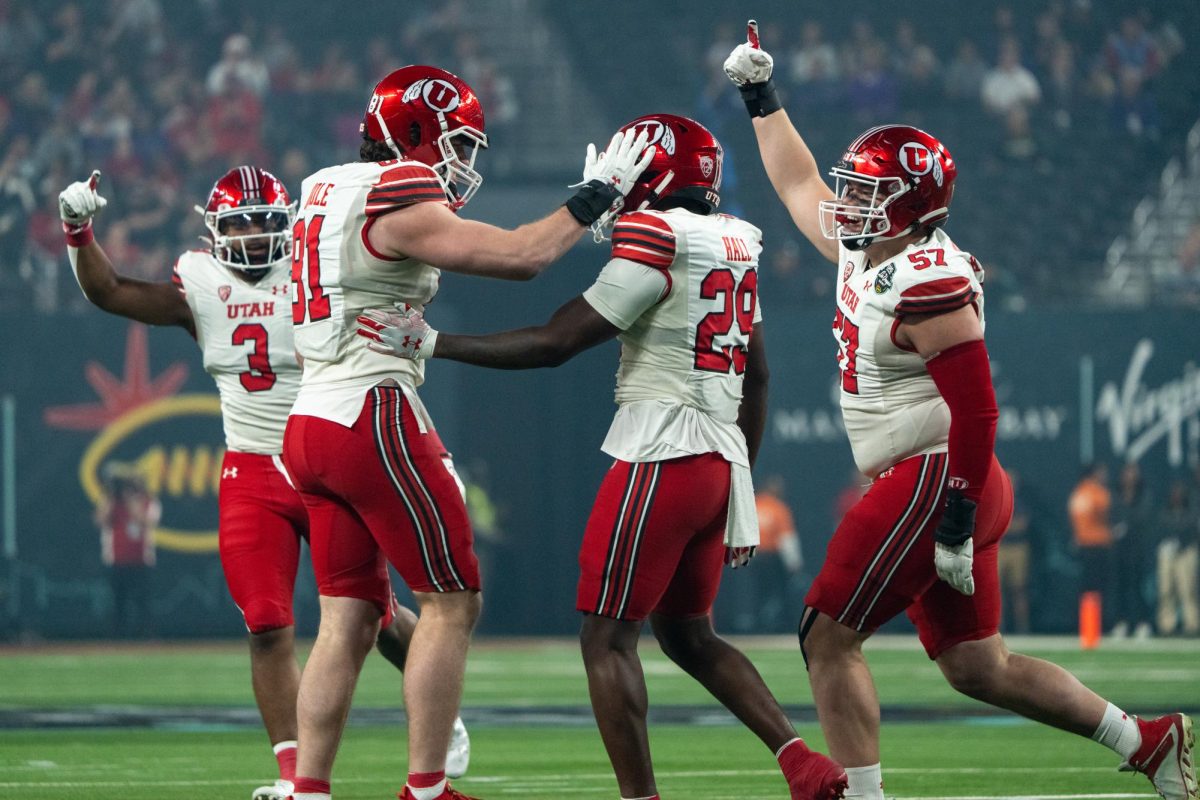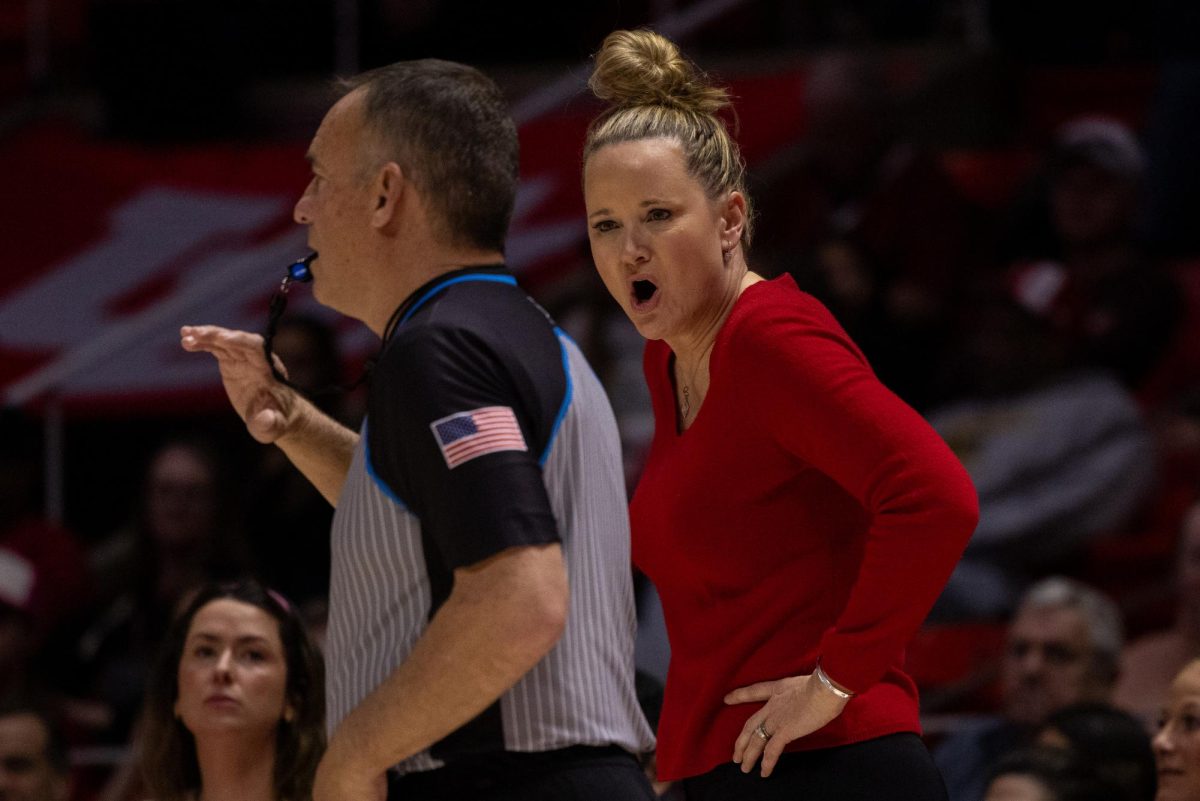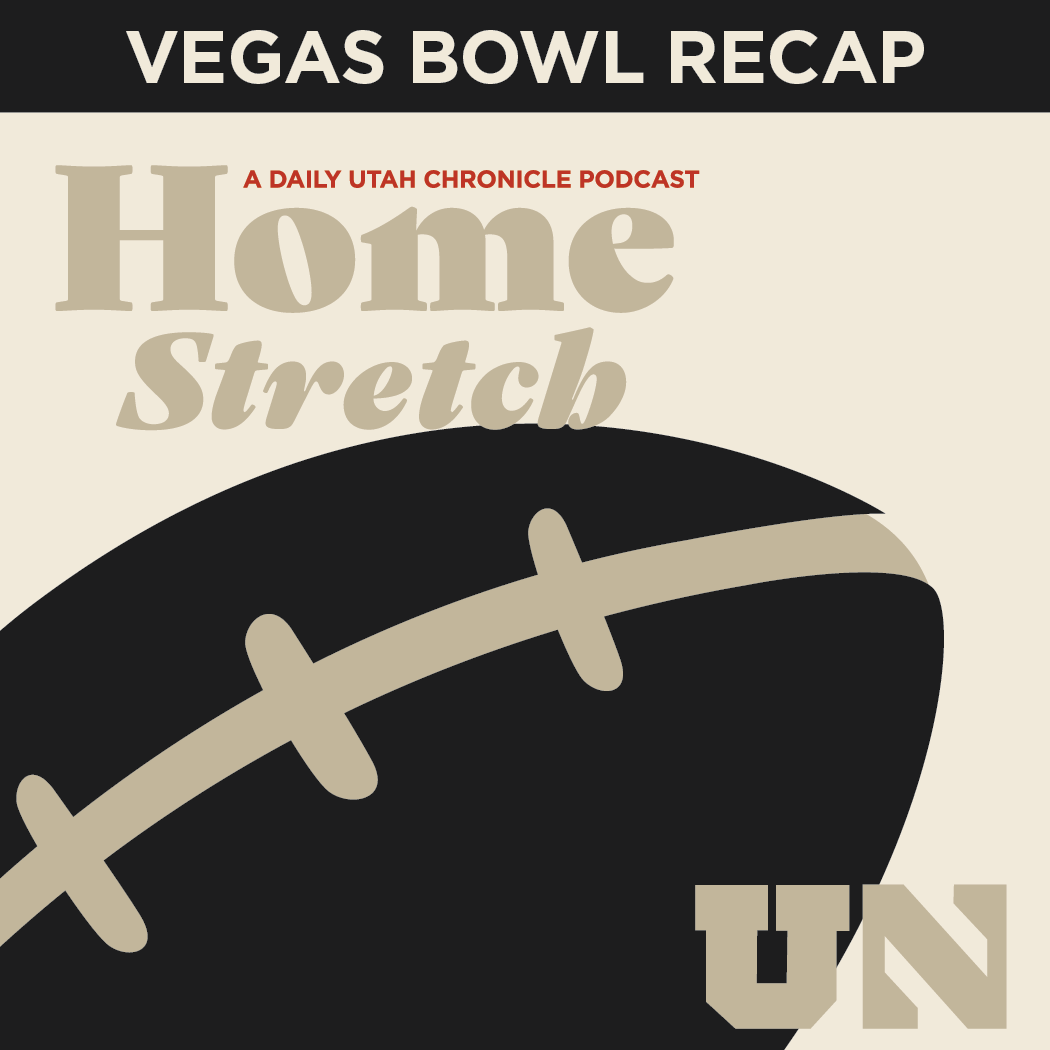When Utes Kendal Thompson and Tim Patrick went down with season-ending injuries in Saturday’s 51-27 loss to Oregon, the Rice-Eccles crowd went silent.
As players and fans stood motionless, hoping for the best, the Utah training staff kicked into gear, rushing to the student-athletes.
“We first want to make sure there is nothing catastrophic going on,” said Utah athletic trainer Eric Yochem. “It’s situation-specific, but a general rule of thumb is we want to make sure it’s safe to move them if we are thinking about getting them to the sideline so we can get a better evaluation of what the injury is, or see if we need to immobilize them or take other actions before heading them off the field.”
The football training staff has four members whose primary responsibility is to manage injuries during games, along with the teams’ physicians. Utah employs two specialized physicians, an orthopedic surgeon and a primary care, sports medicine-trained physician.
From the night before the game until the players leave the stadium after a contest, the trainers are, for the most part, with the players. They are responsible for pre-game taping and treatment and post-game recovery, but it is during the contest where they are most needed.
When Thompson, Patrick and others went down, it was the trainers who came to their aid.
A trust factor needs to be present between an athlete and a trainer. Most athletes want to play through pain and small injuries, and during the evaluation the athlete must admit to feeling discomfort.
“It’s assessing the situation,” Yochem said. “It’s all based on what the athlete is telling you, and evaluating them.”
When the initial evaluation is done, trainers determine where to go from there. Sometimes it results in something simple as a re-taping. Other times it requires much, much more.
Such was the case Saturday.
Thompson walked off the field under his own power, but when he got to the training table and was evaluated, things didn’t look good. A trainer was seen patting Thompson on the shoulder in comfort, and Thompson was led away into the Utah locker room. He later returned in street clothes, his season finished due to a knee injury.
So, what happens when a player heads into the locker room?
“We may take a player in to evaluate them further,” Yochem said. “We may take them in if we need to re-tape them, or re-brace somebody. I would say most of the time we are taking them in to get a further evaluation of them.”
Caring for the athletes is not the only responsibility the trainers have on game day. They also have to communicate heavily with the coaches.
“Essentially what happens is, someone gets hurt, we communicate with the coaching staff about what’s going on with the student-athlete and their situation,” Yochem said. “One of the full-time athlete trainers will let the coaches know exactly what we are doing if we are taking a look at someone on the sideline or if we’re going to take them in the locker room to evaluate them.”
They were the bearers of bad news on Saturday, but that’s just part of the job as a first-responder and trainer.
@millerjryan














